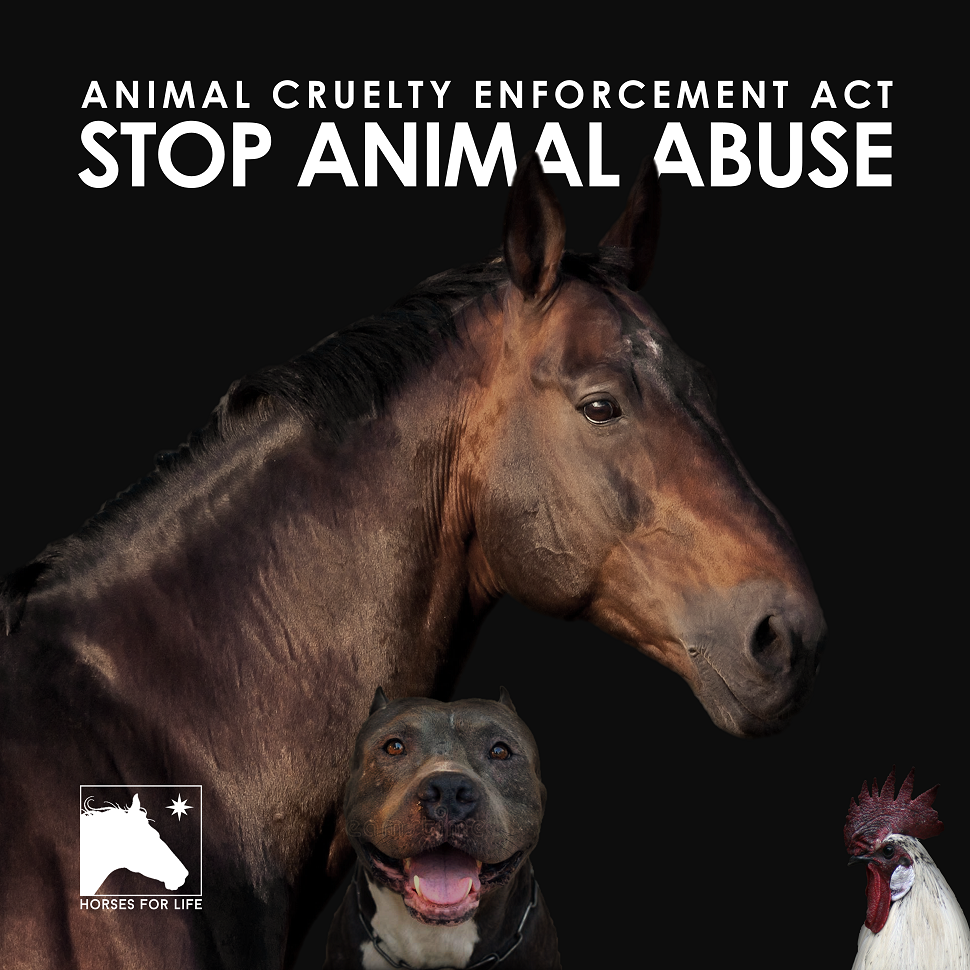Animal cruelty remains a pervasive issue across the United States, a point that is particularly striking given the growing awareness of animal rights. Many states have enacted laws aimed at combating this issue, yet the enforcement of these statutes often falls short of what is necessary to protect vulnerable creatures. It raises the question: why don’t states enforce stricter animal cruelty laws?
At first glance, the answer may seem obvious; it is merely a question of resources. However, this simplification belies a more intricate interplay of sociocultural, legal, and economic factors that often govern the enforcement—or lack thereof—of animal welfare legislation. To understand this phenomenon, one must delve deeper.
Firstly, there is a general ambivalence toward animal welfare that is deeply entrenched within societal norms. Despite increasing advocacy for animal rights, many people still view animals primarily as property rather than beings with intrinsic rights. This perspective shapes not only public opinion but also the legislative environment. The prioritization of human interests over animal welfare becomes evident when considering the lobbying efforts of industries reliant on animal exploitation, such as agriculture, entertainment, and research. States often tailor their laws to appease powerful economic sectors, leaving animal cruelty enforcement languishing in the shadows.
Another critical factor is the realization that laws are only as effective as their enforcement. Law enforcement agencies frequently suffer from insufficient training when it comes to recognizing and prosecuting animal cruelty cases. Officers may view animal welfare crimes as secondary to more immediate public safety concerns, leading to a lack of urgency in addressing the issue. Additionally, the complexity of animal cruelty cases can pose challenges. Such cases often require specialized knowledge and resources that local law enforcement may not possess. Without adequate training and resources, officers may be ill-equipped to investigate, prosecute, or even recognize acts of cruelty.
The lack of a uniform framework in animal welfare legislation across states further complicates the issue. Each state has its own laws and definitions surrounding what constitutes animal cruelty, leading to inconsistencies in enforcement. For instance, what may be deemed cruel in one state may fall within acceptable practices in another. This disparity creates a patchwork of legal protections, allowing violators to exploit the inconsistencies within and between these laws. The weak penalties associated with animal cruelty offenses also fail to deter potential offenders, perpetuating a cycle of abuse.
The financial aspect of enforcement cannot be overlooked either. Many state and local governments struggle with budgetary constraints. Animal control programs are often underfunded, lacking the resources necessary to adequately address animal cruelty situations. When prioritizing expenditures, animal welfare can be relegated to a lower tier compared to pressing human concerns, such as homelessness, crime, or education. This limits the reach of animal control agencies, resulting in fewer interventions and inadequate responses to reported incidents of cruelty.
Moreover, societal attitudes play a crucial role in shaping the enforcement of animal cruelty laws. Public interest in animal welfare often fluctuates based on various factors, including media coverage, high-profile cases, and cultural events. For instance, while a sensational trial may catalyze community outrage and demand for stricter laws, this fervor may fade over time, leaving legislation stagnant and enforcement waning. The cyclical nature of public interest in animal welfare can create a volatile environment for advocacy efforts, making it challenging for activists to maintain momentum and push for reform.
The role of media also warrants attention. While sensationalized stories of animal cruelty can prompt outrage and calls for legislative change, these narratives can often overshadow more systemic issues related to animal welfare. Focusing predominantly on high-profile cases may divert attention from the more common, insidious forms of cruelty that occur daily, such as neglect or inadequate living conditions. Therefore, the media’s framing of animal cruelty can skew public perception and policy priorities, resulting in a reactive rather than proactive approach to legislation.
Another dimension to consider is the cultural disparity surrounding animals across different regions. In some areas, particularly rural communities, the perception of animals as commodities is far more pronounced. This cultural lens often influences both legislative action and enforcement practices. In these contexts, practices deemed acceptable by the local populace—such as factory farming—may overshadow concerns about welfare. Additionally, this cultural divide can create divisions in advocacy efforts, with urban activists struggling to connect with rural communities. Bridging this gap is essential for cohesive progress in animal welfare legislation.
To foster more effective enforcement of animal cruelty laws, a multifaceted approach is necessary. Advocacy groups need to collaborate with law enforcement agencies to provide training and resources, enhancing the ability of officers to recognize and act upon instances of cruelty. Public education campaigns are crucial in shifting societal attitudes towards animal welfare, promoting the idea that animal rights are human rights. Direct outreach efforts in rural areas can also encourage dialogue between communities to better align cultural attitudes with animal welfare goals.
In conclusion, the reasons behind the inadequate enforcement of animal cruelty laws are multifaceted and deeply rooted in societal norms, economic interests, insufficient resources, and cultural perceptions. Understanding these complexities is vital for fostering a future where animal welfare is prioritized and cruelty is unequivocally condemned. Engaging a diverse array of stakeholders, from law enforcement to the public, can create a more robust framework for protecting the most vulnerable among us. Only then can we hope to see meaningful change in the enforcement of stricter animal cruelty laws across the states.








